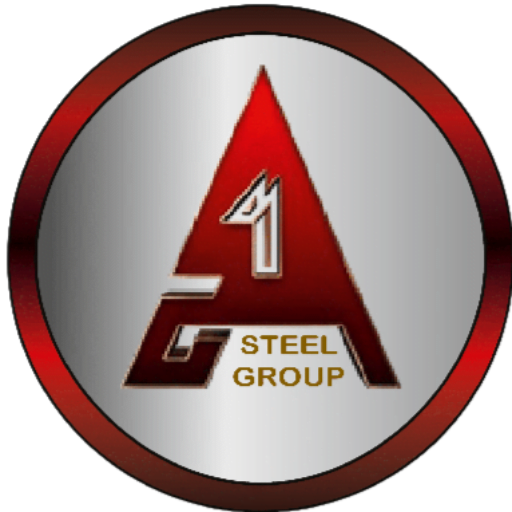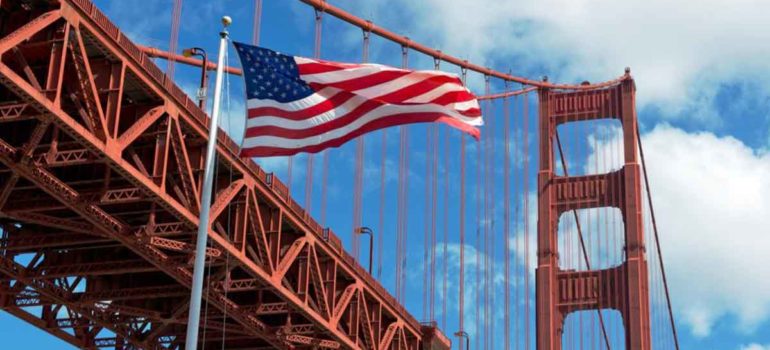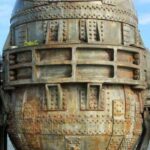USA Steel History in the making
There were vast untapped resources of iron in the West. The United States produced only one-fifth of the total iron that England had produced. Post the Civil War, American industrialists focused on the Bessemer process and gave birth to a steel industry that would reap more profits than the Gold Rush of 1849. American steel found its usage to build roads, bridges, and railway tracks across the country.
Who was Andrew Carnegie
Andrew Carnegie, a young immigrant from Scotland, quickly worked his way up the railway industry ladder. Initially, he was hired as a personal secretary by a high-ranking official at the Pennsylvania Railroad Company. From being a messenger boy in his teenager, he became an investor in a rail factory, locomotive works, iron mill, and a bridge-building company by the time he was 30 years of age. He was solely responsible for the mass production of cast iron at his mill.
It was Carnegie who had brought the improved Bessemer process to the West. He had gathered phosphorus-free iron to produce high-quality steel so that it could find application in building solid bridges. The steel mill established in Homestead, Pennsylvania by Carnegie produced a steel alloy used by architects to build the then-new skyscrapers. They were tall buildings that the world had never before seen. In 1889, the Carnegie Steel Company was born.
Among other steel companies in the United States, Homestead Steel Works caught everyone’s attention. Matters got unstable there. To start, the wages were low to cut down costs. Furthermore, there were frequent accidents at the mill. To top it all off, the air got heavily polluted. There was a rift between the workers union at the mill and the Carnegie Steel Company, with the chairman, Henry Frick, looking to cut wages. As a retaliation, the union burnt an effigy of Frick. Frick responded by fencing the mill with barbed wires. The workers then called for a strike and were fired thereafter.
The strikers kept the law enforcement at bay, while Frick hired 300 agents from the Pinkerton Detective Agency to guard the mill. A civil war broke out between the two parties as the workers used old cannons, threw rocks, and fired guns as the agents tried to get on the shore. It took 8,500 personnel from the National Guard to restore peace, as they declared the Homestead mill under martial law. Ten workers died in the riot; enraged, an unknown anarchist shot and stabbed Frick in his office, but all in vain. Frick had survived the attack. In 1897, Charles Schwab replaced Frick as the president of the mill, convinced Carnegie to sell his steel company for $480 million, and merged with additional mills to establish the United States Steel Corporation.
Rest is history
The steel industry was booming in the United States of America, which had produced 220,000 tons of steel in 1873. By 1900, the USA had produced 11.4 million tons of steel, more than the German and British steel industries combined. The United States Steel Corporation had become the largest company in the world.
Achievement: Best TMT Manufacturer Award



